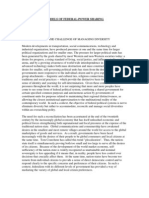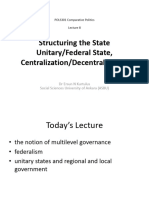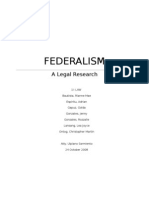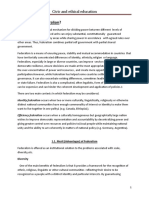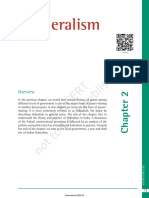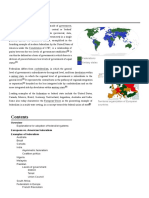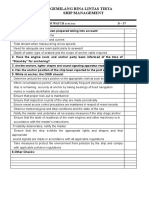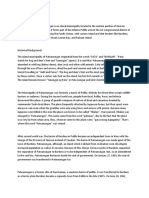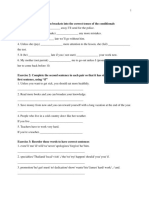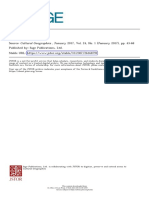0% found this document useful (0 votes)
15 views3 pagesOnally
Federalism is a governance system that divides power between central and regional governments, allowing for regional autonomy while maintaining national unity. There are two main types of federalism: territorial, which is based on geographic areas, and ethnic, which is based on cultural identities. Additionally, federal systems can be categorized as dual, where powers are clearly separated, or cooperative, where national and regional governments work together on shared issues.
Uploaded by
Isarra AmsaluCopyright
© © All Rights Reserved
We take content rights seriously. If you suspect this is your content, claim it here.
Available Formats
Download as DOCX, PDF, TXT or read online on Scribd
0% found this document useful (0 votes)
15 views3 pagesOnally
Federalism is a governance system that divides power between central and regional governments, allowing for regional autonomy while maintaining national unity. There are two main types of federalism: territorial, which is based on geographic areas, and ethnic, which is based on cultural identities. Additionally, federal systems can be categorized as dual, where powers are clearly separated, or cooperative, where national and regional governments work together on shared issues.
Uploaded by
Isarra AmsaluCopyright
© © All Rights Reserved
We take content rights seriously. If you suspect this is your content, claim it here.
Available Formats
Download as DOCX, PDF, TXT or read online on Scribd
/ 3



















